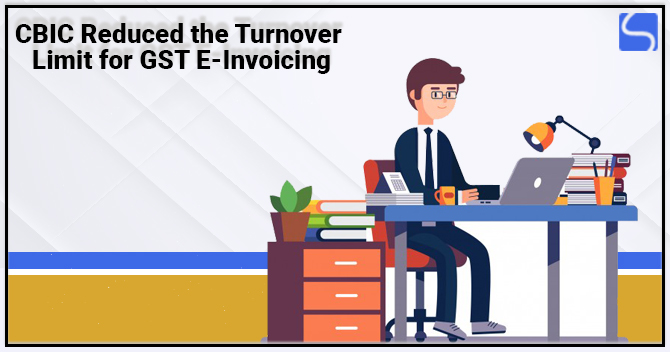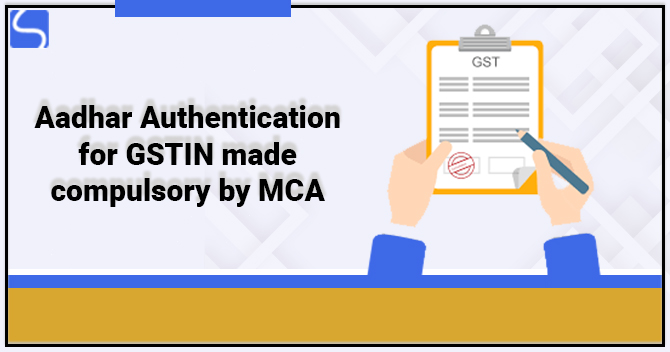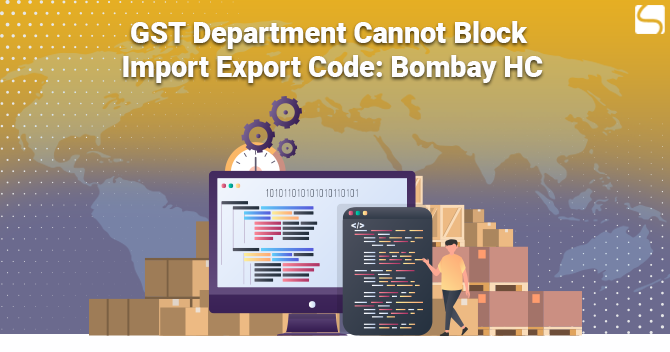Pre-GST Litigation: A Comprehensive Overview

Shivam Narwal | Updated: Mar 27, 2023 | Category: GST
The Goods and Services Tax (GST) was implemented in India on July 1, 2017, replacing the earlier tax regime of Value Added Tax (VAT) and Central Excise Duty. GST was introduced with the aim of streamlining the taxation system and bringing uniformity across the country. However, the implementation of GST was not smooth, and it faced several legal challenges.
In this blog, we will discuss the pre-GST litigation scenario in India, the issues that arose, and how they were resolved.
Table of Contents
Pre-GST Litigation Scenario in India
The pre-GST litigation scenario in India was complex and varied. The tax system in India was divided into various components such as VAT, Central Excise Duty, Service Tax, and Customs Duty, each with its set of rules and regulations. The different tax laws[1] created a lot of confusion among taxpayers and led to several disputes.
The pre-GST era saw a considerable number of litigations, with taxpayers challenging the legality of tax demands, interpretations of tax provisions, and classification of goods and services. The litigation was rampant across all sectors of the economy, including manufacturing, services, and trading.
Issues in Pre-GST Litigation
The pre-GST era saw a considerable number of litigations, with taxpayers challenging the legality of tax demands, interpretations of tax provisions, and classification of goods and services. Let’s discuss some of the critical issues that arose in pre-GST litigation.
- Classification of Goods and Services
One of the most significant issues in pre-GST litigation was the classification of goods and services. The classification of goods and services was crucial in determining the rate of tax applicable to them. However, there was no uniform classification of goods and services across different states, leading to confusion and disputes. - Interpretation of Tax Provisions
The interpretation of tax provisions was another critical issue in pre-GST litigation. Taxpayers often challenged the interpretation of tax provisions by tax authorities, leading to disputes. For example, the interpretation of the term “works contract” under the Service Tax law was a subject of considerable litigation. - Place of Supply
The determination of the place of supply was another significant issue in pre-GST litigation. The place of supply is essential in determining the jurisdiction of taxation. Different interpretations of the place of supply led to confusion and disputes. - Input Tax Credit
Input Tax Credit (ITC) is a significant feature of the GST system, allowing taxpayers to claim credit for taxes paid on inputs used in the production of goods and services. However, the ITC provision was complex, leading to disputes and litigations.
Resolving Pre-GST Litigation
The implementation of GST brought about a significant change in the taxation system in India. It aimed to create a uniform taxation system across the country and streamline the tax system. The implementation of GST also aimed to resolve the issues that arose in pre-GST litigation. Let’s discuss how the issues were resolved.
- Uniform Classification of Goods and Services
The GST system brought about a uniform classification of goods and services across the country. The GST Council developed a harmonized system of nomenclature (HSN) for goods and services, which was adopted by all states. The uniform classification of goods and services led to the resolution of disputes related to the classification of goods and services. - Clarity in Tax Provisions
The GST law provided clarity in the tax provisions, which helped in resolving disputes related to the interpretation of tax provisions. The GST law also provided for an advance ruling mechanism, allowing taxpayers to seek clarification on tax provisions from the tax authorities. - Determination of Place of Supply
The GST law provided a clear determination of the place of supply for goods and services, which helped in resolving disputes related to the jurisdiction of taxation. The GST law also provided for a mechanism for determining the place of supply of goods and services, which was based on the nature of the transaction. - Input Tax Credit
The GST law simplified the input tax credit provision and made it easier for taxpayers to claim credit for taxes paid on inputs. The GST law also provided for a mechanism for cross-verification of invoices, which helped in preventing fraudulent claims of input tax credit.
Impact
The pre-GST litigation scenario in India had a significant impact on the economy. The litigations led to a delay in tax collections, affecting the revenue of the government. The disputes related to tax demands, interpretations of tax provisions, and classification of goods and services also led to a loss of business confidence among taxpayers.
The litigation also led to a burden on the judiciary system, with a large number of cases pending in various courts. The legal process was slow, and it often took several years to resolve a case, leading to a backlog of cases.
Lessons Learned from Pre-GST Litigation
The pre-GST litigation scenario in India highlighted the need for a uniform taxation system across the country. The implementation of GST aimed to create a uniform taxation system, bringing about uniformity in the classification of goods and services, clarity in tax provisions, a clear determination of the place of supply, and simplified input tax credit provision.
The implementation of GST also highlighted the need for a mechanism for resolving disputes related to taxation. The GST law provided for an advance ruling mechanism, allowing taxpayers to seek clarification on tax provisions from the tax authorities. The GST law also provided for a mechanism for the resolution of disputes related to taxation, including the establishment of a national appellate tribunal.
The implementation of GST also highlighted the need for simplification of tax procedures. The GST law simplified the tax procedures and made it easier for taxpayers to comply with the tax laws.
Conclusion
The pre-GST litigation scenario in India was complex and varied, with taxpayers challenging the legality of tax demands, interpretations of tax provisions, and classification of goods and services. This led to a considerable number of litigations across all sectors of the economy, affecting the revenue of the government and leading to a loss of business confidence among taxpayers. The legal process was slow, and it often took several years to resolve a case, leading to a backlog of cases and burdening the judiciary system.
The implementation of GST brought about a significant change in the taxation system in India, aimed at creating a uniform taxation system across the country and streamlining the tax system. The GST system resolved the issues that arose in pre-GST litigation by bringing about a uniform classification of goods and services, providing clarity in tax provisions, determining the place of supply for goods and services, and simplifying the input tax credit provision. The GST law also provided for an advance ruling mechanism, allowing taxpayers to seek clarification on tax provisions from the tax authorities, and a mechanism for the resolution of disputes related to taxation, including the establishment of a national appellate tribunal.
The implementation of GST highlighted the need for a mechanism for resolving disputes related to taxation, simplification of tax procedures, and a uniform taxation system across the country. The GST system has made compliance easier for taxpayers, reduced litigation, and improved the revenue collection of the government. The GST system has also brought about a positive impact on the economy, with businesses being able to operate more efficiently, and the government being able to invest in various sectors, leading to overall economic growth.
In conclusion, the implementation of GST has brought about significant changes in the taxation system in India, and the lessons learned from pre-GST litigation have been instrumental in improving the tax system. The GST system has brought about a positive impact on the economy and has been successful in resolving the issues that arose in pre-GST litigation. However, there is still a need for continuous improvement and simplification of tax procedures, as well as the resolution of any future disputes that may arise.
Also Read:
Basics of GST Appeals and Revisions
Know About GST Registration process step by step














